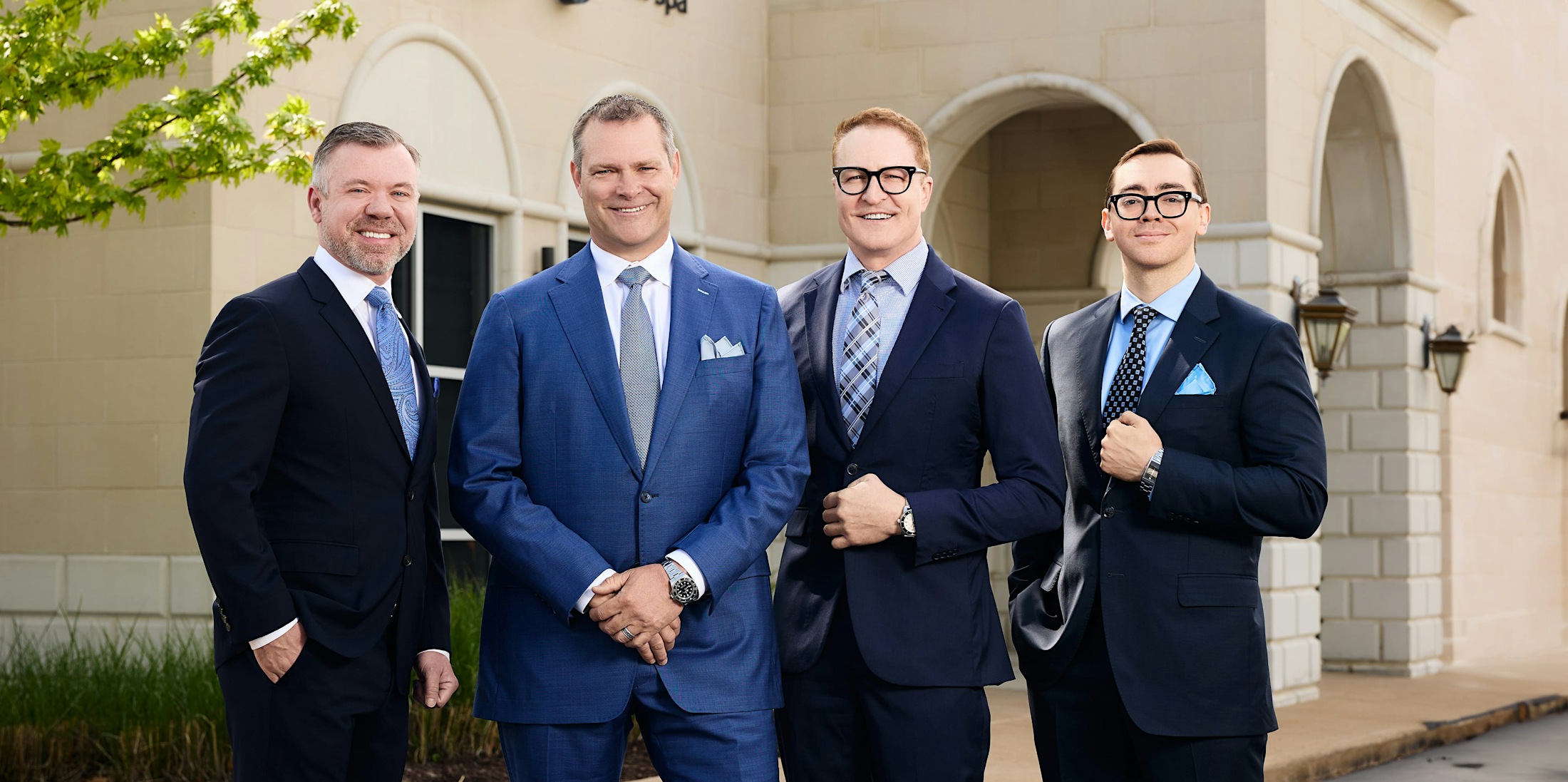Despite their well-known risks, tanning beds remain popular among the masses. With an estimated one million people using a tanning bed every day, men and women willingly ignore the screaming warnings and jeopardize their skin’s health—all for the sake of a sun-kissed glow. Crazily enough, in just your first tanning bed experience, your risk of melanoma increases by a bewildering 59 percent.
With numbers like these, it is hard to believe that anyone would willingly choose to use tanning beds. However, myth often overpowers the truth. In hopes of setting the truth straight, we are separating fact from fiction.
Fiction: Tanning Beds Are Safer than Sunlight
Although widely believed, tanning beds are in no way safer than natural sunlight. Just like the sun, tanning beds emit both ultraviolet A and B rays. Each damaging in their own right, UVA rays penetrate deep into the dermis, the skin’s thickest layer; while short, UVB rays usually burn the superficial layers of the skin. You can think of it this way:
A is for Aging Rays: UVA rays penetrate much deeper into the skin and can cause damage to DNA, linking them directly with an elevated cancer risk. Be warned, tanning beds are known to emit UVA rays as much as 12 times that of the sun. Cumulative, UVA damage continues to build over time—meaning that with each time you visit your local tanning salon, you increase your chances of developing skin cancer.
B is for Burning Rays: Responsible for much of the skin’s reddening and sunburn, UVB rays damage the skin’s outer epidermal layers. That so called “healthy glow” is actually a key component in the development of skin cancer.
Taking its place in the highest risk category, The International Agency for Research on Cancer groups tanning beds amongst other known carcinogens like cigarettes. Shockingly, with somewhere around 450,000 cases each year, tanning bed induced skin cancer outnumbers the 360,000 cases of lung cancer associated with smoking.
Fiction: Tanning When Young Isn’t Dangerous
In hopes of a beautifully bronzed body, it is estimated that 2.3 million American teenagers will try their luck at tanning beds each year. While youth has an air of invincibility, it is important to keep in mind that our skin is far more susceptible to sun damage in its earlier years. With 19 percent of adolescents partaking, a far more astonishing 55 percent of university students regularly visit tanning salons. A startling figure when you take into account that the risk of developing melanoma increases by a whopping 75 percent for individuals who start a tanning routine before the age of 30.
Fiction: Melanoma is All That Matters
Still thinking of heading to the tanning salon? Consider this: according to the National Cancer Institute (NCI), women who use tanning beds more than once a month are 55 percent more likely to develop melanoma. While melanoma may be the deadliest form of skin cancer, tanning beds also increase the risk of non-melanoma skin cancers. Far more prevalent, men and women who use tanning beds are 2.5 times more likely to develop squamous cell carcinoma and 1.5 times as likely to develop basal cell carcinoma. Both forms of skin cancer, each can cause significant destruction and disfigurement by invading surrounding tissues—in this light, both squamous and basal cell carcinoma are sometimes considered malignant.
We need not give you more reasons to avoid tanning beds—but, just in case, let us remind you that tanning can lead to photoaging—premature signs of aging that include fine lines, wrinkles, sun spots, and changes your skin’s lusciously soft texture into that of a thick and leathery feel.
At Renaissance Plastic Surgery, We Can Help You Stop the Cycle
Along with Dr. Boschert, Dr. Craig, and Dr. Mills, we, at Renaissance Plastic Surgery are always advocates for skin health. By emphasizing the harmful effects of tanning beds, we hope to encourage you to choose skin health over a golden glow. Please do not hesitate to reach out to us if at any time you have questions or would like to have one of our trained team members help you with a full body screening.


